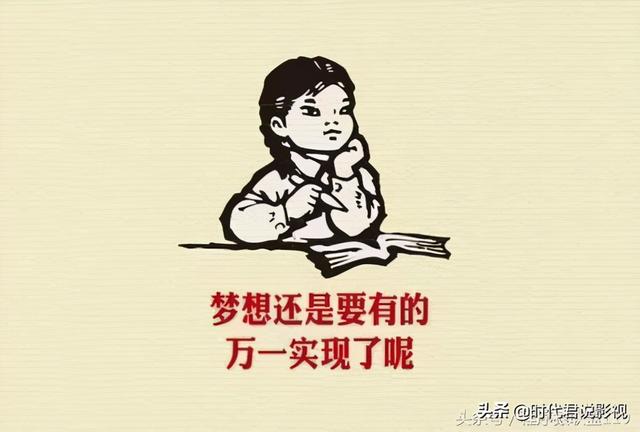# docker 基本概念介绍
在这里不作很多的解释docker是干什么用的,相信网上有很多大牛都总结的相当对, 我这里只是抛砖引玉,主要是实战;
本文的实战环境是在虚拟环境下进行的;
# docker 系统依赖
Docker 支持 64 位版本 CentOS 7/8,并且要求内核版本不低于 3.10。 CentOS 7 满足最低内核的要求,但由于内核版本比较低,部分功能(如 overlay2 存储层驱动)无法使用,并且部分功能可能不太稳定。
我这里使用CentOS 7
# docker卸载旧版本
旧版本的 Docker 称为 docker 或者 docker-engine,使用以下命令卸载旧版本:
$ sudo yum remove docker docker-client docker-client-latest docker-common docker-latest docker-latest-logrotate docker-logrotate docker-selinux docker-engine-selinux docker-engine# 使用 yum 安装
执行以下命令安装依赖包:
$ sudo yum install -y yum-utils鉴于国内网络问题,强烈建议使用国内源,官方源请在注释中查看。 执行下面的命令添加 yum 软件源:
$ sudo yum-config-manager --add-repo https://mirrors.ustc.edu.cn/docker-ce/linux/centos/docker-ce.repo$ sudo sed -i 's/download.docker.com/mirrors.ustc.edu.cn/docker-ce/g' /etc/yum.repos.d/docker-ce.repo# 官方源# $ sudo yum-config-manager # --add-repo # https://download.docker.com/linux/centos/docker-ce.repo# 安装 Docker
更新 yum 软件源缓存,并安装 docker-ce。
$ sudo yum install docker-ce docker-ce-cli containerd.io# 启动 Docker
$ sudo systemctl enable docker$ sudo systemctl start docker# 建立 docker 用户组
默认情况下,docker 命令会使用 Unix socket (opens new window)与 Docker 引擎通讯。而只有 root 用户和 docker 组的用户才可以访问 Docker 引擎的 Unix socket。出于安全考虑,一般 Linux 系统上不会直接使用 root 用户。因此,更好的做法是将需要使用 docker 的用户加入 docker 用户组。
建立 docker 组:
$ sudo groupadd docker将当前用户加入 docker 组:
$ sudo usermod -aG docker $USER退出当前终端并重新登录,进行如下测试。
# 测试 Docker 是否安装正确
执行命令:
$ docker run hello-world输出
Unable to find image 'hello-world:latest' locallylatest: Pulling from library/hello-worldd1725b59e92d: Pull completeDigest: sha256:0add3ace90ecb4adbf7777e9aacf18357296e799f81cabc9fde470971e499788Status: Downloaded newer image for hello-world:latestHello from Docker!This message shows that your installation appears to be working correctly.To generate this message, Docker took the following steps: 1. The Docker client contacted the Docker daemon. 2. The Docker daemon pulled the "hello-world" image from the Docker Hub. (amd64) 3. The Docker daemon created a new container from that image which runs the executable that produces the output you are currently reading. 4. The Docker daemon streamed that output to the Docker client, which sent it to your terminal.To try something more ambitious, you can run an Ubuntu container with: $ docker run -it ubuntu bashShare images, automate workflows, and more with a free Docker ID: https://hub.docker.com/For more examples and ideas, visit: https://docs.docker.com/get-started/若能正常输出以上信息,则说明安装成功。





















 684
684

 被折叠的 条评论
为什么被折叠?
被折叠的 条评论
为什么被折叠?








